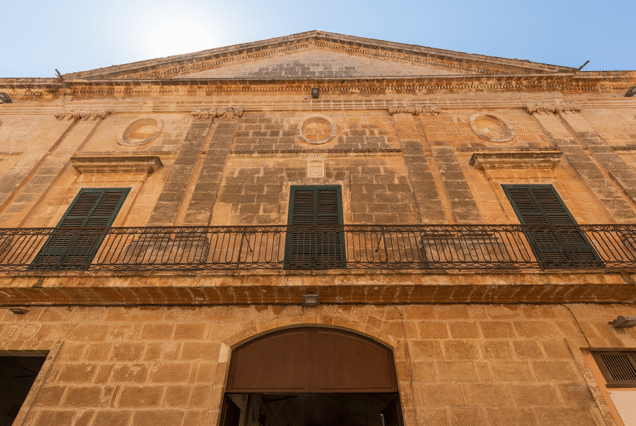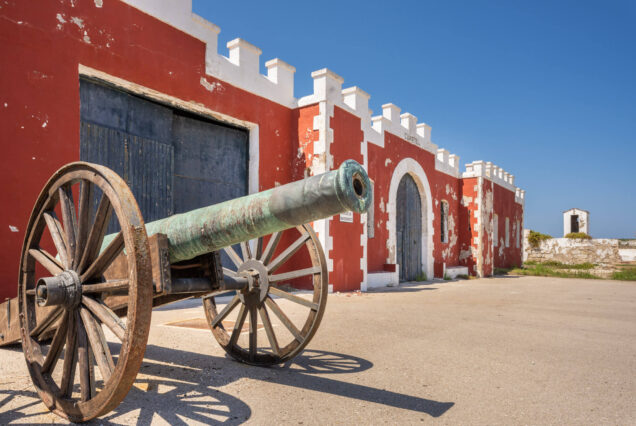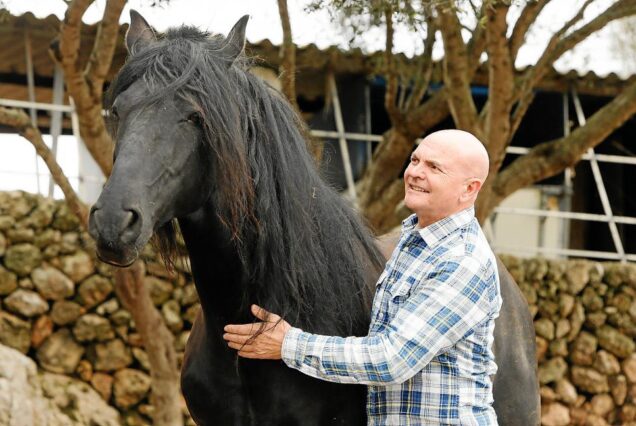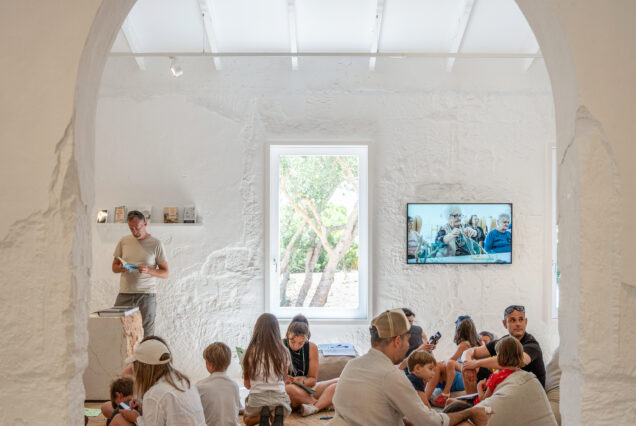Menorca’s Biosphere Reserve - Geological Menorca
Duration
4h Aprox.
Minimum
10 Pax
Maximum
55 Pax
Precio
From 20€
Description
Aren’t you amazed by the different colours of geological Menorca?
The geology of the island of Menorca stands out both for its variety and for the quality of its outcrops. It houses, in its approximate area of 700 square kilometres, a great geodiversity and an enormous geological heritage.
It is separated by two very different geological regions: Tramontana and Migjorn. The Miocene sandstone is the most representative rock of the south of geological Menorca, while the Tramontana is characterised by having the oldest materials on the island.
The first known geological works in Menorca date back to 1834 and include a geological map that could be one of the first maps on this subject made in Spain. It is possible that this interest is since it is not easy to find an equivalent territory, both in terms of its variety and the quality of its outcrops.
Geological heritage includes unique geological features formed by various processes. As part of our natural heritage, it holds intrinsic value and is a shared resource. Its preservation is crucial because its destruction deprives future generations of knowledge and enjoyment. Since such destruction is often irreversible, preventive measures and proper management are essential.
Visit the most interesting places on the coast of Menorca: Necropolis of Cala Morell, Cavalleria, Binimel·là and Pregonda, Cala Pilar and Algaiarens, Cala Tirant, Favàritx, Penya de s’Indi, Penyas de Biniguardó, Barranc d’Algendar, Canteras de s’Hostal, Canteras de Santa Ponça or the Caves of Cala Blanca.
Important Information
- Guided tour of the exhibition of the Geology Centre of Menorca. Explanation of the most impressive curiosities of the Menorcan terrain.
- Geological excursion to contemplate the places of geological interest with a history of more than 400 million years. Select the places you want to visit or get in touch for more information.
- Book your transfer to make the excursion with Visit Menorca in https://visitamenorca.com/movilidad/excursiones-cami-de-cavalls-y-eventos/ .
- Language: Menorcan / Spanish / English / French / Italian / German.
Tour Map
- Ocultar mapa












Reviews
There are no reviews yet.